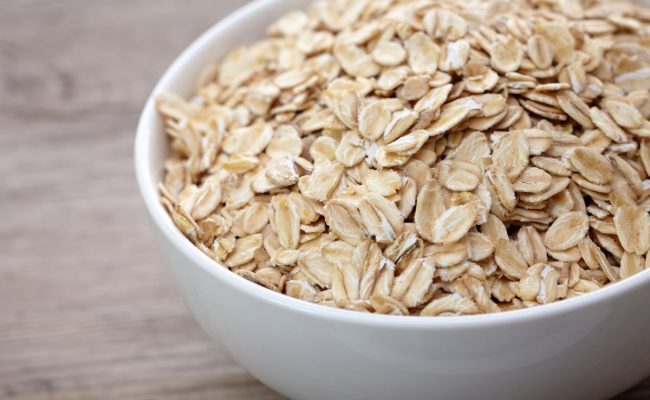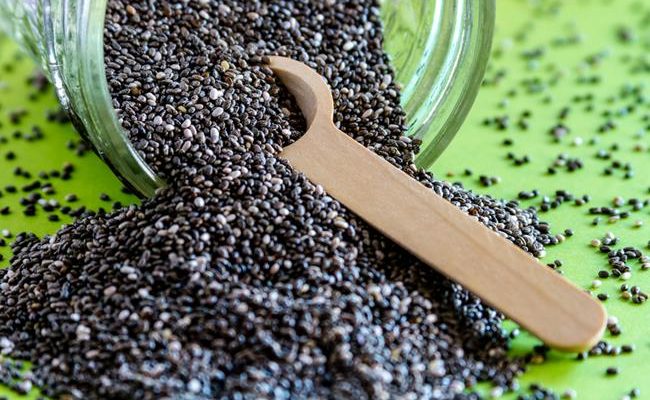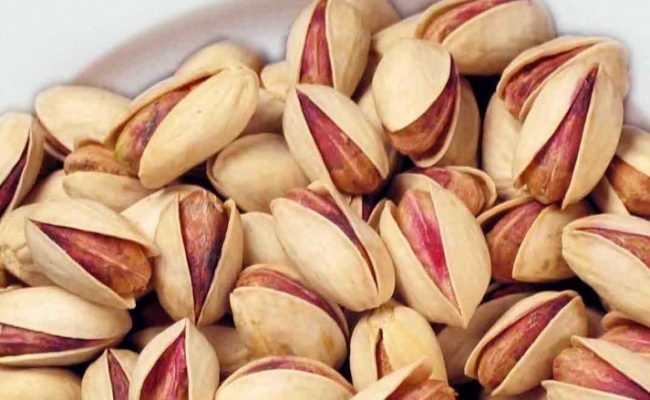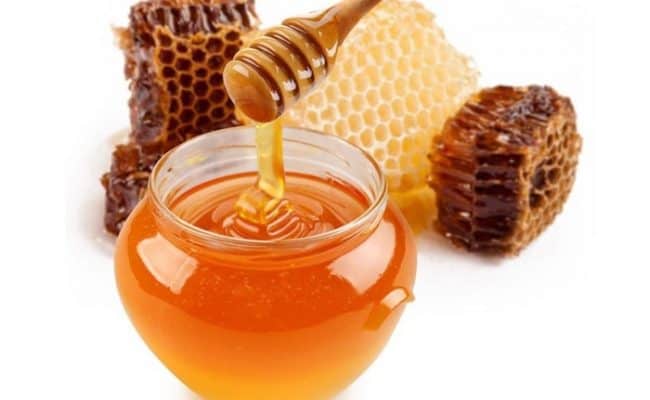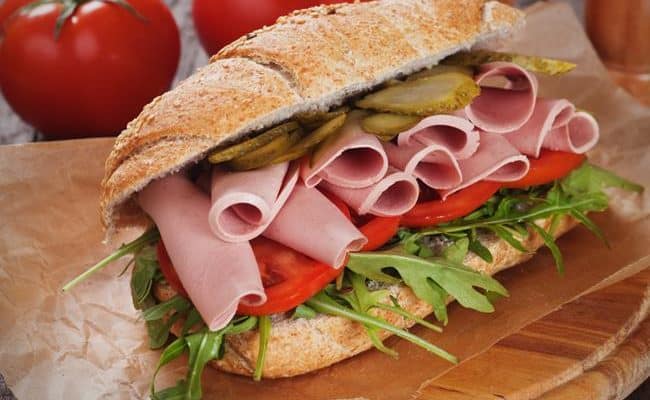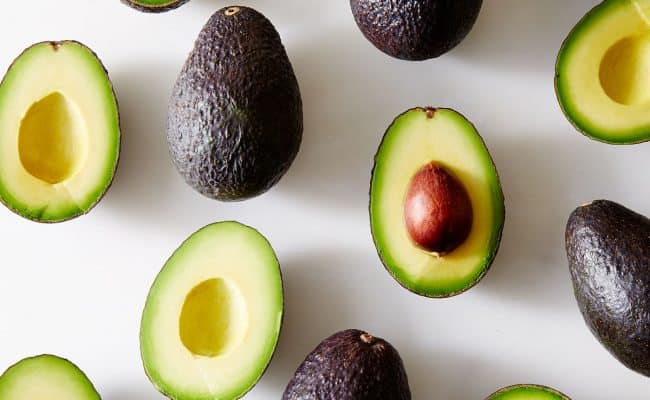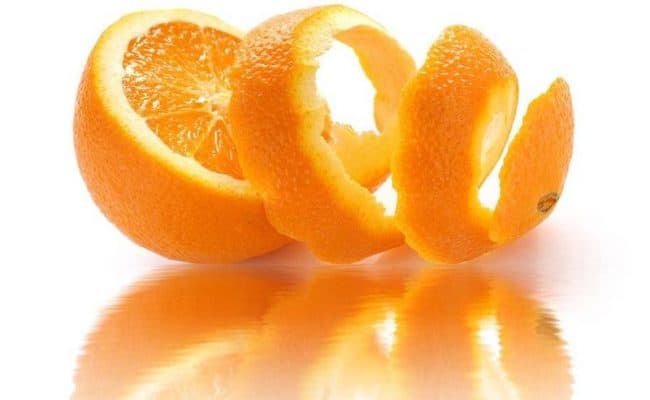
Popcorn in itself is a whole grain, low calorie snack. Research has also shown popcorn is a good source of antioxidants. However, popcorn can have a not so healthy side.
Butter, oils, salt, sweeteners and artificial flavorings can be added to popcorn which can drastically impact the nutritional content and affect on health.
In addition, packaged microwave popcorn may be a source of an ingredient called diacetyl which can be found in butter flavor used in microwave popcorn.
The concern with diacetyl is at high temperatures it can produce small particles that may cause damage to airways (1).
Some brands of microwave popcorn now state if they are diacetyl free. However, other flavorings may still be used.
Microwave popcorn was a source of partially hydrogenated oil. However, since the ban of trans fats is enforced by the FDA, microwave popcorn now commonly uses palm oil.
If you want to enjoy popcorn as a snack but don’t want the other ingredients added from packaged microwave popcorn, you can easily make your own with a brown paper bag and popcorn kernels.
See also: Is popcorn good for you?
Nutrition in microwave popcorn
One cup of butter flavored popped microwave popcorn can provide about 45 calories, 3 grams of fat (1.5 grams saturated fat), about 1 gram of fiber and about 1 gram of protein (2).
Popcorn that is not flavored will be slightly lower in calories. The benefit of eating popcorn as a snack is it can be a filling, light snack. Popcorn is a whole grain and a source of fiber.
According to a 2015 TIME article (3), one study found popcorn to be a more satisfying snack than potato chips.
Why is popcorn so satisfying? It may be due to the irregular shapes of the popped kernels and the high volume it takes up.
Butter flavoring and “popcorn lung”
The CDC (4) lists diacetyl as a chemical that has been in butter flavor used for microwave popcorn. A concern with diacetyl is animal studies have shown vapors from high temperature butter flavor may cause damage to airways.
Cells that line airways may be damaged from diacetyl. The vapors from diacetyl have also been associated with causing lung damage in people that worked at microwave popcorn manufacturing plants.
While diacetyl may play a role in damaging airways, other compounds in these manufacturing plants may also have a role.
In conclusion, exposure to inhaling, and potentially consuming, butter flavor with diacetyl on popcorn that has been heated at a high temperature may be damaging to airways. This association has been referred to as “popcorn lung”.
Diacetyl is naturally in other foods, but the health concern is only when it is synthetically made and added to foods like microwave popcorn (5).
Many companies have stopped using diacetyl in butter flavor. However, an ingredient similar to diacetyl called 2,3-Pentanedione (6) mat be used a replacement in butter flavor.
Unfortunately, 2,3-Pentanedione has also been shown to cause damage to airways similar to diacetyl.
One way to lower risk from damage from these compounds is letting microwave popcorn cool before inhaling the aroma or eating it.
Occasionally eating microwave popcorn is thought not to increase risk for airway damage, but more research is needed.
Does microwave popcorn cause cancer?
Even though inhaling diacetyl may cause damage to airways or even cause lung damage in extreme cases, Berkeley Wellness (7) suggests microwave popcorn isn’t associated with increasing risk for cancer.
Antioxidants in popcorn
Fruits and vegetables are thought of as foods as high in antioxidants. While this is true, what may be surprising is popcorn may actually have more antioxidants than some fruits and vegetables (8).
The reason why popcorn is so highly concentrated with antioxidants may be due to the fact it is a relatively low water content food.
Popcorn is less than 5% water, so the nutrients are not diluted. Fruits and vegetables contain antioxidants as well, but most fruits and vegetables are over 90% water.
Incorporating popcorn as part of a healthy diet may boost your antioxidant and fiber intake. Popcorn shouldn’t be used as a replacement for fruits and vegetables, as fruits and vegetables provide many beneficial nutrients in the diet.
However, eating popcorn with minimally added ingredients in place of other higher calorie snacks could be a healthy substitution.
How to make your own popcorn
If you want to enjoy popcorn without the added ingredients found in packaged microwave popcorn, you can easily make it yourself with minimal time and equipment.
You can make popcorn on the stove or with an air popper, but you can also make your own microwave popcorn with a brown paper bag, popcorn kernels and a microwave.
There are many variations for recipes to make your own microwave popcorn. Recipe blogger Chocolate Covered Katie (9) suggests putting about ¼ cup of unpopped kernels in the bottom of a lunch size brown paper bag.
Then you just need to lightly fold the top of the bag a few times. Put in the microwave until the kernels have about 3 seconds in between pops, which could be around 2-3 minutes in the microwave. Time will vary.
If you want to add flavoring yourself, you could add just a teaspoon of oil to the kernels and a sprinkle of salt before popping. You could also add fresh chopped herbs to the popcorn after popping.
Conclusion
Microwave popcorn hasn’t been shown to increase risk for cancer. However, certain ingredients in butter flavor used in packaged microwave popcorn have been shown to cause damage to cells lining air passages. High exposure and inhalation may also increase risk for lung damage.
Occasionally eating microwave popcorn isn’t thought to be a significant concern, but more research is needed. Letting the bag cool before eating may help lower risk from these ingredients.
Most popcorn manufacturers do not use diacetyl anymore for butter flavoring, but other replacement ingredients have been shown to cause similar damage.
If you want to enjoy the health benefits of popcorn without the potential risk of some ingredients in microwave popcorn, you can make your own.
You can make your own microwave popcorn with plain popcorn kernels and a brown paper bag.
